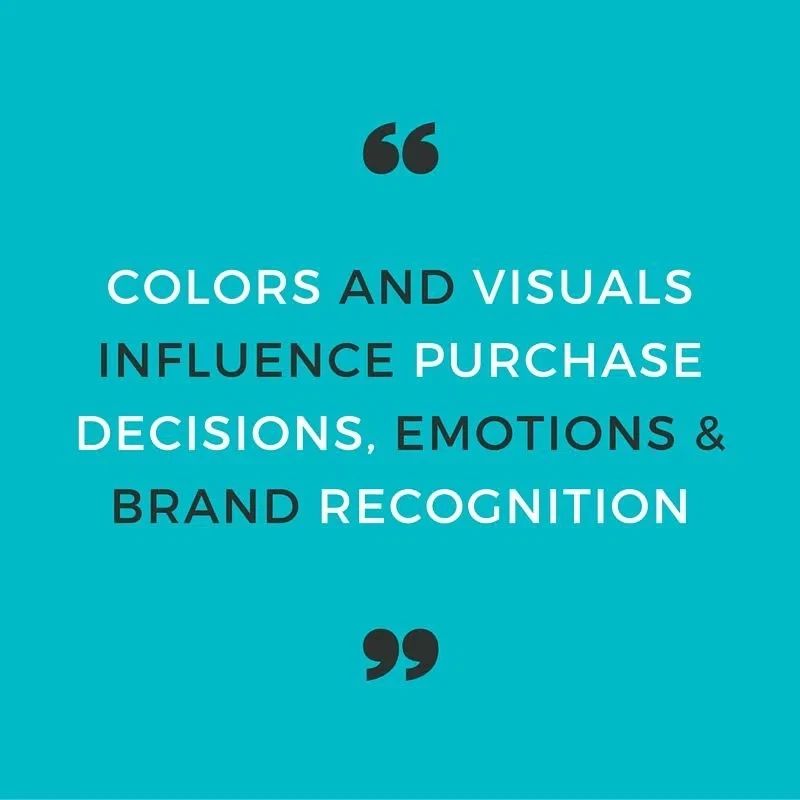In today’s digital age, ensuring that websites are accessible to all users is not just a moral obligation, but a legal requirement as well. With technology continuously advancing, it is crucial for web designers and developers to prioritize accessibility in their UI/UX design strategies. By creating a user-friendly experience for all individuals, regardless of their abilities, websites can reach a wider audience and improve their overall performance. In this article, we will explore the importance of website accessibility and how UI/UX design can play a significant role in enhancing the user experience for all users.
The Importance of Website Accessibility
Website accessibility refers to the practice of designing and developing websites in a way that allows individuals with disabilities to access and navigate the site effectively. This includes individuals with visual, auditory, physical, and cognitive impairments. With an estimated one billion people worldwide living with disabilities, website accessibility is a critical aspect of inclusive design that cannot be overlooked.
In addition to catering to individuals with disabilities, website accessibility also benefits users with aging-related impairments, temporary disabilities, and situational limitations. By designing websites with accessibility in mind, businesses can improve their SEO rankings, enhance user experience, and create a positive brand image.
Challenges in Website Accessibility
Despite the increasing awareness of website accessibility, many websites still fall short in providing an inclusive experience for all users. Some common challenges include:
1. Lack of Alt Text in Images: Alt text provides a text alternative to images, allowing screen readers to describe the content to visually impaired users. Without alt text, users with visual impairments may miss valuable information conveyed through images.
2. Poor Color Contrast: Low color contrast between text and background can make it difficult for users with visual impairments to read content. Designers should pay attention to color contrast ratios to ensure readability for all users.
3. Complex Navigation: Complex navigation structures can be overwhelming for users with cognitive impairments or motor disabilities. Simplifying the navigation menu and providing clear labels can improve usability for all users.
4. Inaccessible Forms: Forms that are not properly labeled or structured can be challenging for users with disabilities to complete. Using descriptive placeholder text and providing error messages can enhance form accessibility.
Enhancing Website Accessibility Through UI/UX Design
UI/UX design plays a crucial role in improving website accessibility by creating a seamless and intuitive user experience for all individuals. Here are some key strategies to enhance website accessibility through UI/UX design:
1. Use Semantic HTML Markup: Semantic HTML markup allows screen readers to interpret the structure of the content correctly. By using semantic elements such as , , , and , designers can create a more accessible website for all users.
2. Implement ARIA Landmarks: Accessible Rich Internet Applications (ARIA) landmarks provide navigation landmarks for screen reader users to navigate through the website efficiently. By adding ARIA roles such as “banner,” “main,” and “contentinfo,” designers can improve the accessibility of their websites.
3. Focus on Keyboard Navigation: Keyboard navigation is essential for users who cannot use a mouse, such as individuals with motor disabilities. Designers should ensure that all interactive elements are accessible via keyboard navigation and that focus indicators are clearly visible.
4. Provide Descriptive Links: Descriptive links help users understand the purpose of a link before clicking on it. Instead of using generic phrases like “click here,” designers should create descriptive links that convey the destination of the link.
5. Optimize Forms for Accessibility: Designing accessible forms involves using labels, placeholders, and error messages to guide users through the form completion process. Additionally, designers should ensure that form fields are properly labeled and validated to prevent errors.
Conclusion
Ensuring website accessibility through UI/UX design is essential for creating an inclusive online experience for all users. By implementing best practices such as semantic HTML markup, ARIA landmarks, keyboard navigation, descriptive links, and optimized forms, designers can enhance the accessibility of their websites and reach a broader audience. As technology continues to evolve, it is imperative for web designers and developers to prioritize accessibility in their design strategies and make the web a more inclusive space for all individuals.
